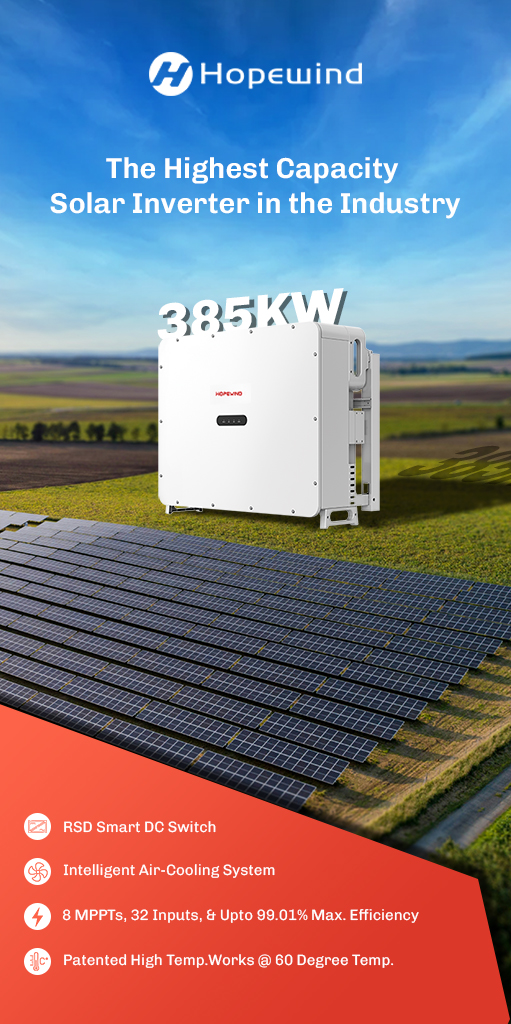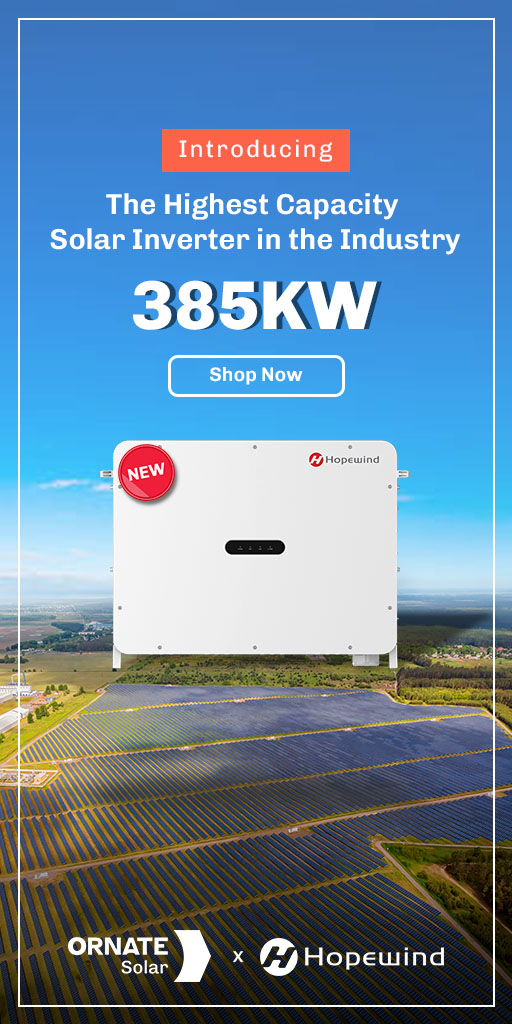

The Indian government launched the PM Kusum Yojana in 2019 to empower rural farmers by promoting the use of solar energy in agriculture.
The scheme has three components and is designed to help farmers lower their electricity costs and generate extra income by adopting solar power.
In this blog, we will discuss Component A of the scheme which supports the installation of decentralized, grid-connected solar power plants.
We’ll cover everything you need to know about KUSUM Component A — including the states where it’s active, eligibility criteria, key benefits, how it’s implemented, and the best type of inverter for these projects.
What is PM KUSUM Component A?
Under Component A of the PM-KUSUM Yojana, farmers have the opportunity to set up grid-connected, ground-mounted solar power plants of up to 2 MW capacity on their barren or cultivable land. If the land is cultivable, they can even use Agrivoltaic technology — that means installing solar panels on stilts so crops can still grow underneath.
With the latest amendments, even farmers with pastureland or marshy land can benefit from the scheme. And for small farmers, states have the flexibility to allow projects smaller than 500 kW if it’s technically and commercially feasible.
The electricity generated from these solar plants is bought by the local DISCOM at a fixed tariff determined by the respective State Electricity Regulatory Commission (SERC). This means farmers can earn extra income by becoming power producers.
In short, this component helps reduce reliance on traditional electricity, encourages decentralized solar adoption, and supports clean energy integration. It’s a great way to turn unused land into a source of steady income — all while contributing to India’s renewable energy goals.
Detail of KUSUM Component A:
| Feature | Details |
|---|---|
| Total Capacity | 10,000 MW |
| Plant Size Range |
500 kW to 2 MW (Smaller projects under 500kW can be allowed as per techno-commercial feasibility) |
| Eligible Beneficiaries | Farmers, FPOs, Panchayats, Cooperatives, Developers |
| Implementation Area | Within a 5 km radius of a substation |
| Substation Requirement | 33/11 kV, 66/11 kV, or 110/11 kV |
| Project Timeline | 9 months from the LOA |
| Central Financial Assistance | ₹3,325 crore |
| Procurement Incentive | ₹0.40 per unit to DISCOMs (up to ₹33 lakh/MW) |
| Mode of Tariff | Fixed or discovered via bidding |
States and Union Territories Covered Under Component A:
The states and union territories specifically covered under KUSUM Component A include:
- Haryana
- Himachal Pradesh
- Jammu & Kashmir
- Jharkhand
- Uttarakhand
- Assam
- North Eastern States like Arunachal Pradesh, Nagaland, Sikkim, Tripura, etc.
- Union Territories: Ladakh, Andaman & Nicobar Islands, and Lakshadweep
Financial Support and Subsidies:
- The government does not provide any capital subsidy to consumers under Component A.
- In case a farmer is not able to arrange equity to set up the solar energy power plant, he/she can opt for installing the plant through a third-party developer(s) or even through local DISCOM. In such a case, the land owner will get lease rent as mutually agreed between the parties.
- To support the development of solar projects under Component A, financial institutions like the State Bank of India (SBI) offer loans for up to 70% of the project cost.
Who Can Apply for KUSUM Component A?
- Individual farmers or groups of farmers
- Water user associations and panchayats
- Farmer Producer Organizations (FPOs)
- Cooperatives and Renewable Energy Service Companies (RESCOs)
- Private developers (on leased land from farmers)
Why KUSUM Component A Matters?
This scheme increases farmers’ income by turning them into energy entrepreneurs, but it also reduces dependence on diesel pumps, enhances rural electrification, and contributes significantly to India’s solar targets under the National Solar Mission.
Choosing the Right Inverter for KUSUM Projects
One of the most critical components of a successful solar installation is the solar inverter, especially for large-capacity decentralized plants. For KUSUM Component A, the best choice is the Hopewind 385kW Inverter.
Why Hopewind Inverter 385kW is Ideal for KUSUM
- Highest capacity inverter in the industry—ideal for large decentralized plants.
- Designed to withstand high temperatures (above 50°C)—perfect for Indian agro-climatic conditions.
- Supports smart grid compliance, remote monitoring, and advanced MPPT features.
- Minimal maintenance with robust design for dusty and rural environments.
Implementation Process of KUSUM Component A
- Project Identification: Farmers or developers identify suitable land near a substation.
- Application and Registration: Submit interest via the state DISCOM or online portal.
- Tendering Process: Bids are invited and awarded based on the lowest tariff or technical qualifications.
- Letter of Award (LOA): Issued to selected developers.
- Installation Timeline: The plant must be commissioned within 9 months of LOA.
- Power Purchase Agreement (PPA): Signed with the DISCOM.
- Commissioning and Operation: Start of power generation and income via feed-in tariff.
Financial and Environmental Impact
- Reduces transmission losses due to proximity to substations.
- Enhances local employment and community engagement.
- Supports India’s target of 280 GW of solar power by 2030.
- Promotes dual land use—solar plus agricultural use on the same land.
State-wise Implementation of KUSUM Component A
| State Name | State Implementing Agency | Total Sanction (MW) | Total Installed (MW) |
|---|---|---|---|
| Rajasthan | RRECL | 6550 | 433.25 |
| Madhya Pradesh | MPUVNL | 1790 | 50.13 |
| Maharashtra | MSEDCL | 260 | 6 |
| Haryana | DHBVN & UHBVN | 158 | 6.65 |
| Himachal Pradesh | HIMURJA | 100 | 59.95 |
| Chhattisgarh | CSPDCL | 30 | 6.5 |
| Tamil Nadu | TANGEDCO | 14 | 1 |
Frequently Asked Questions (FAQs)
1. Can I apply for KUSUM Component A if I don’t own land?
Yes, developers can lease land from farmers to participate.
2. Is there any subsidy under Component A?
No direct subsidy to the developer/farmer. However, DISCOMs receive a procurement-based incentive.
3. Can I install solar panels on agricultural land?
Yes, with state DISCOM approval and if it’s declared fallow/non-irrigated.
4. What’s the duration of the PPA?
Typically, 25 years with a fixed or discovered tariff.
About Ornate Solar
Ornate Solar is one of the leading solar companies in India with over 10 years of experience in the industry. We are the official partner of Hopewind in India. You can connect with us to get the best prices on Hopewind inverter.
Ornate Solar has also developed India’s first Solar roof system. Ornate InRoof is a roof made out of solar panels, which is leak-proof and looks aesthetically pleasing.
If you are exploring solar solutions, reach out to us at 1800 2026 252 to discuss your options.











Leave A Comment